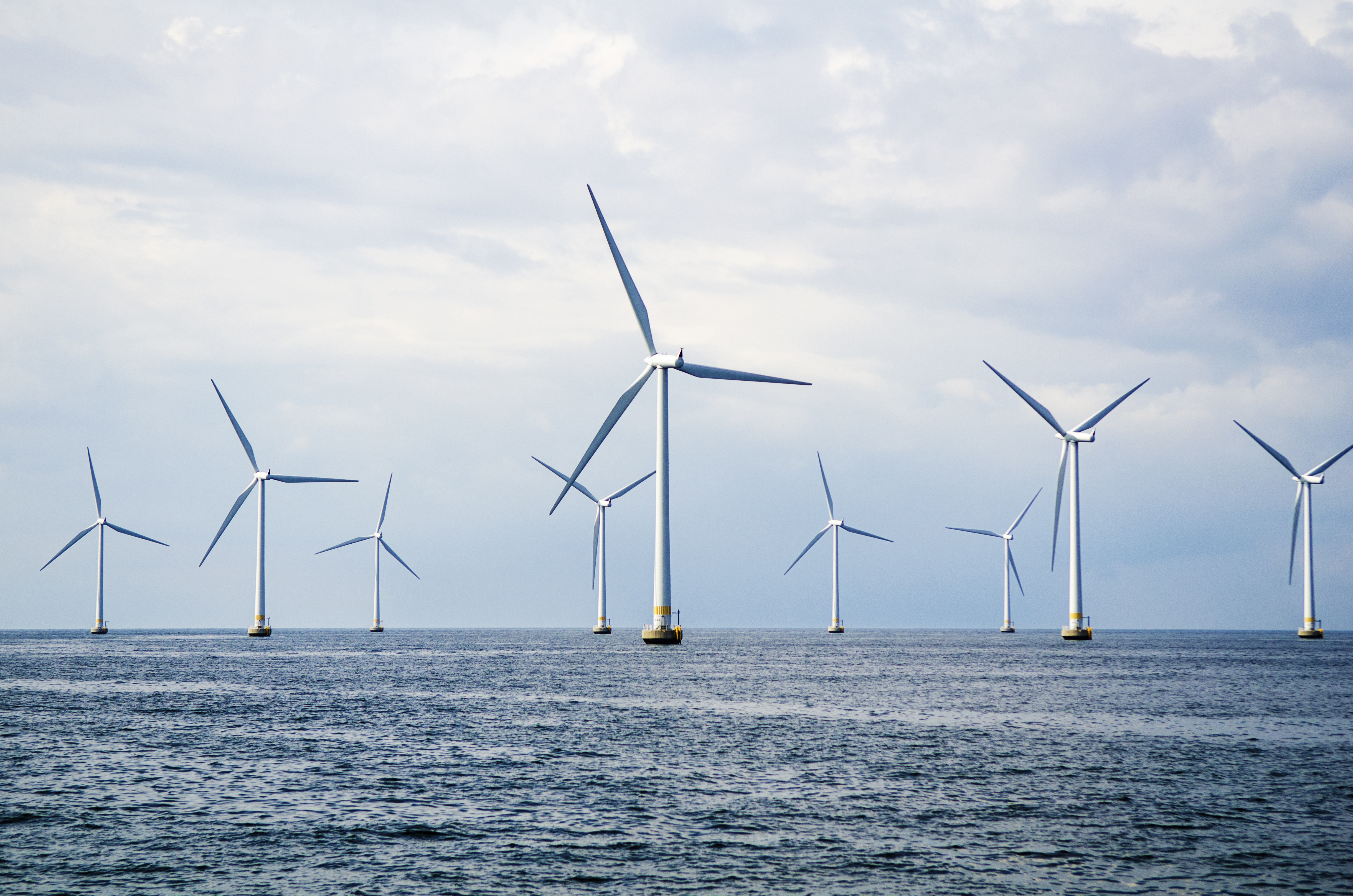Rising offshore plant capacities lead to greater data-based O&M gains
The growing size of offshore wind farms provides greater scope for data optimisation during Operations and Maintenance, while software solutions can also help mitigate risk during the development phase, Marcus Ihle, Senior Consultant at Outsmart, said.

Further gains could be made if operators share more data from their growing databases with other plant owners, Ihle said.
The Levelized Cost of Electricity of offshore wind is approximately triple that of onshore wind, at around $170/MWh, according to a report from International Renewable Energy Agency in 2014.
Representing 39% of a developer’s total costs, O&M is an area where costs need to come down if offshore wind operators are to remain competitive.
Wind Energy Update has examined the role data can play in streamlining the offshore O&M processes in order to lower costs.

Source: Offshore Wind Works http://offshorewind.works/cutting-cost-electricity-offshore-wind/
Offshore wind O&M is “set to become a two billion pound a year industry by 2025," Joe Phillips, Head of Strategy and Policy at DNV GL, said in a 2014 report, Guide to Offshore Wind Operations and Maintenance.
Source: A Guide to UK Offshore Wind Operations and Maintenance (2014) http://www.gl-garradhassan.com/en/27716.php
There are two primary ways in which maintenance activities can take place: predictive or corrective. Preventative maintenance takes a continuous monitoring approach, enabling operators to predict and prevent failures before they occur. Corrective maintenance occurs once the fault has already taken place.
Preventative maintenance is largely driven through data.
Real-time monitoring
Marcus Ihle, Senior Consultant at Outsmart, said the growing capacity of offshore wind farms are presenting more opportunities for optimisation of O&M, but this also requires more data manipulation.
“In the early days of wind power it wasn’t really necessary to record data. You were working with smaller turbines and smaller farms."
However, both onshore and offshore wind turbines have become larger, requiring more input on optimisation to reduce costs.
Offshore wind farms are more complex than onshore, making the use of data more critical. The subsea foundation structure means that offshore wind farms generate more data as the foundations need additional monitoring, Ihle said.
Data monitoring allows operators to predict and prevent component failures before they cause major damage.
“The machines talk to you every ten minutes – they will tell you about errors, you just need to listen,” said Ihle.
It can tell you when temperatures are changing, or other anomalies are occurring. Operators can avoid damages if they can read and organise the data.
The big challenge is how to store and organise all the data coming through from the offshore facilities.
Industry standards through RDS-PP
Mario Bütow, Consultant at OutSmart, advocates the use of a standard identification system called Reference Designation System for Power Plants (RDS-PP).
“What RDS-PP does is give you a guideline for how to label and designate each wind turbine and component of a wind farm. This enables the operator to collect data and reference it to the desired objects,” he said.
Considering that wind farms can have around 80 turbines each with 1,000 data points, this is no small undertaking.
“Looking at the big picture, you have this large chunk of data generated by the wind turbines, the offshore substation and the grid. RDS-PP allows you to break it down and structure it until you are able to focus on a specific component within a specific turbine”, Bütow said.
RD-SPP is like a language, the more fluent you are in identifying the components and labels, the more accurate & efficient you will be in monitoring and operating a wind farm, he said.
The aim of the RDS-PP software is to give every object in a wind farm a distinct reference code. Data sent to the onshore operations centers can then be correctly monitored and evaluated.
Figure 3: Interrelationships between designation standards and guidelines for RDS-PP
Source: Designation of wind power plants with the Reference Designation System for Power Plants – RDS-PP (2014) http://www.vgb.org/vgbmultimedia/RICHNOWPT714ENG-p-8848.pdf
Monitoring construction
Data-based optimisation can bring savings on CAPEX as well as OPEX, by using applications such as RSA-PP during the manufacturing and construction phases.
“When building the complex structure – we are now seeing 8 MW turbines that are 220m in height – it is important to manage the stream of data so that the investor is able to measure the quality of the components during the manufacturing phase,” said Outsmart’s Ihle.
“You can bring down financing costs by lowering the risk margins…So there are benefits for cost reduction of the CAPEX through data, although they are not as direct as the benefits for OPEX.”
The key benefit for using data is real time monitoring of performance to perform predictive and preventative maintenance that can take place.
Standardization a challenge due to lack of transparency
Data could be shared between different operators, which would create greater savings through streamlining processes, although this would require more cooperation from plant owners, said Ihle.
“The [Designation System] guideline is available for anyone to buy – you just need to learn the language and implement it in an early project phase. It doesn’t matter which wind farm, or which turbine it is used on, the coding is the same”, he said.
“There are a lot of different types of data that needs to be managed on a daily basis, but to create any kind of industry standards would mean that operators would need to open up about their data,” he added.
There are initiatives currently driving this process of standardisation and shared learning, but it will take some time before it gains traction.
“Even if we are able to bring all the various data points together in one format, the big challenge will be changing mind-sets”, Ihle said.
